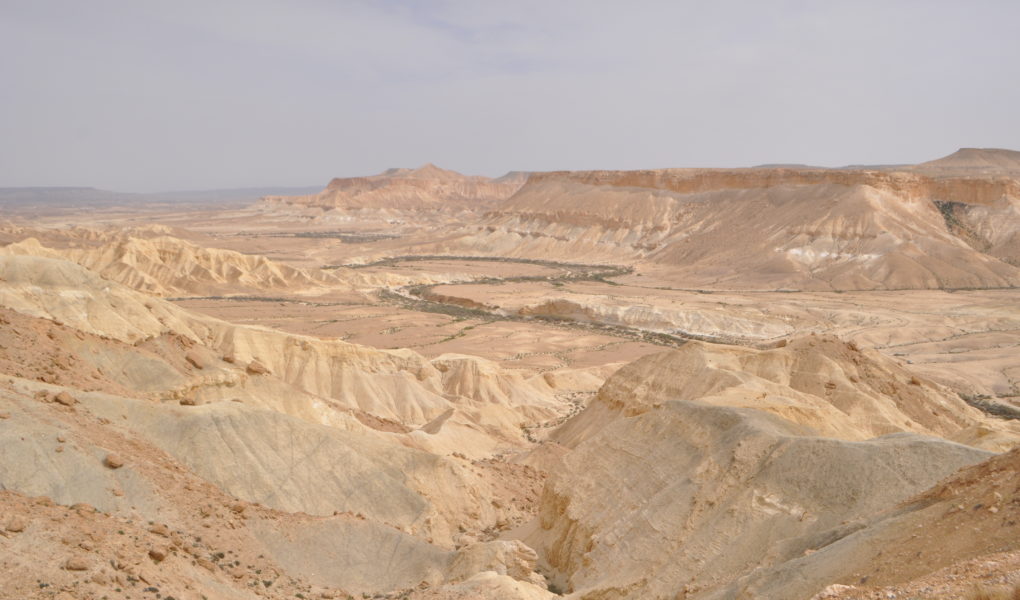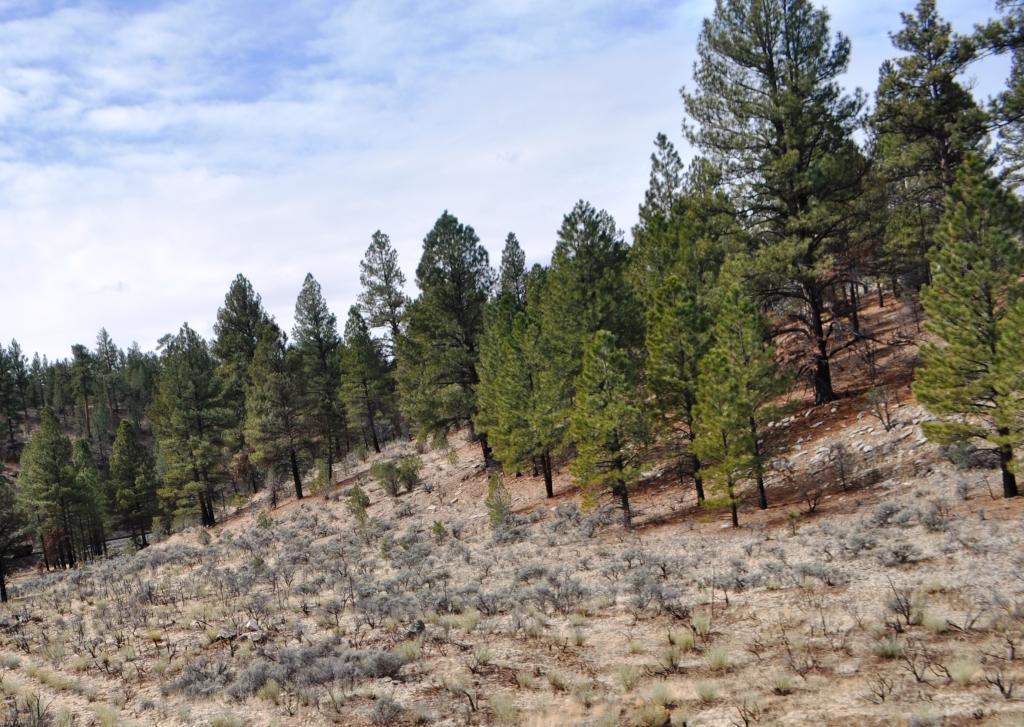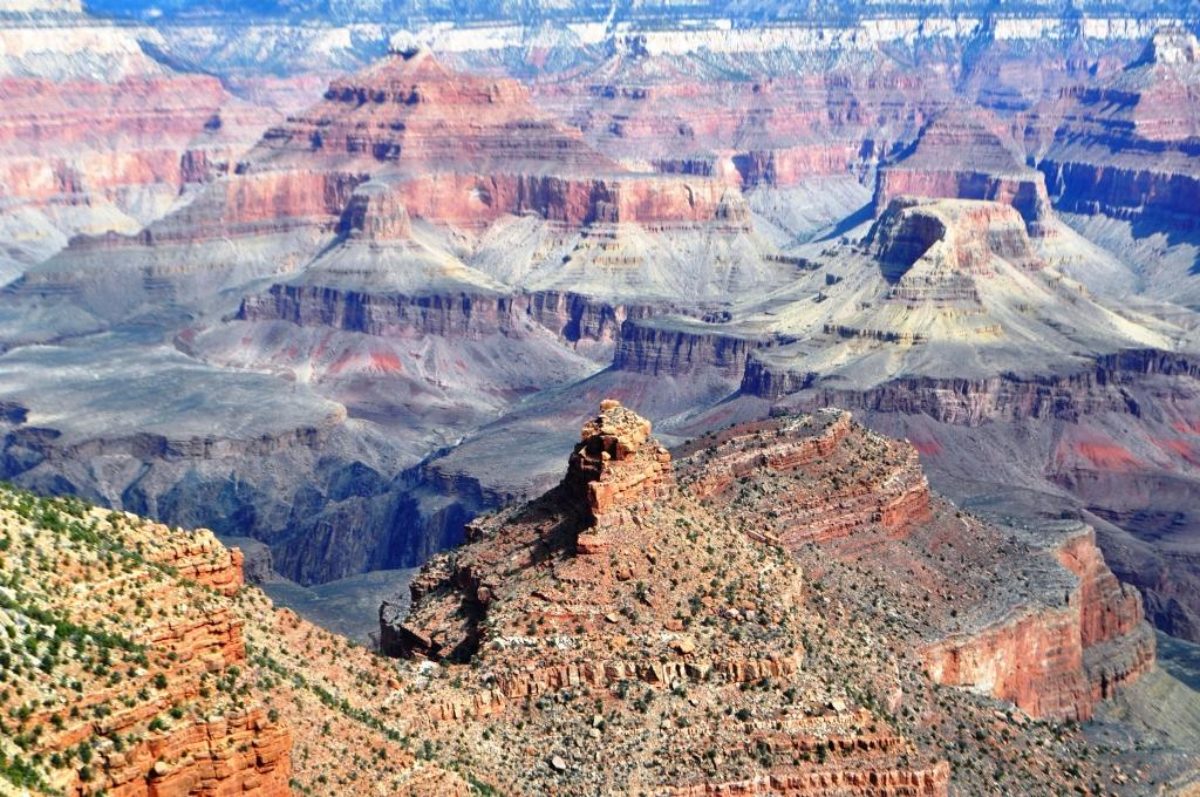In the United States, this means most of Arizona and New Mexico, much of Nevada, Utah, and southern California, and parts of Colorado, Idaho, eastern Washington, and eastern Oregon. For backpacking and hiking in both deserts and drylands, the challenges and strategies are similar. Both require planning, acclimating while on the trip, assiduous attention to water, and a good dose of common sense.
Preparation for Desert and Dryland Hiking Vacations
- Check out seasonal weather patterns. Trails that may be sweltering in the summer can be comfortable (or even ice- covered) in the winter. For example, the Sorth Kaibab Trail descending from the South Rim of the Grand Canyon, is frequently covered with ice in the winter at higher elevations. Even trails at the bottom of the Grand Canyon are comfortably cool in winter.
- Seasonal factors affect water availability. Drylands surrounded by mountains have more water after the spring snowmelt. Drylands subject to a monsoon season have more water just after seasonal rains. Guidebooks have this information, but check locally for current seasonal information, because the condition of seasonal water sources varies.
- Get a trail map! To reliably find seasonal water sources such as springs requires a good map. 1:25,000 U.S.G.S. map, available from the U.S.G.S or local outfitters has the most detail. A G.P.S. alone is not enough. Nor is Google Maps! Maps of trails need to be detailed enough to show springs, windmills, water tanks, and buildings, all of which are potential water sources, and to note whether water sources are seasonal or perennial.
- Realize that a cell phone may not work in a remote desert with no cell towers, so leave a hiking plan and expected time of return with family or friends. Portable satellite phones are also an option.
- Get in shape. One of the biggest problems in desert and dryland hiking is acclimating to the heat and physical exertion. A body that is in shape will sweat less, a huge benefit in an arid environment.
- Hiking and camping gear for deseerts should include a wide-brimmed hat, sunglasses, enough water containers, lightweight breathable clothing that covers your entire body (in case of blazing sun or sunburn), sunscreen, bug repellent, and a warm layer for cold desert nights.
- Mark all known water sources on your map and calculate the mileage and hiking hours between them.
Hiking and Backpacking Gear and Strategies for Desert Travel and Safety
- The heat-water relationship is paramount: The more extreme the heat, the more water required. Bring enough water (and containers to hold the water)! The amount will depend on exertion, your fitness, your metabolism, and the air temperature. Figure at least a quart per hiking hour; For more detailed recommendations, see the National Park Service recommendations for the Grand Canyon.
- Never walk past a water source without drinking as much as possible and filling water bottles with enough water to get to the next water source.
- Try to hike in the coolest parts of the day: Early morning and evening are best. During the heat of the day, walk slowly and take shade breaks whenever the opportunity presents itself. Try to find a comfortably steady pace and avoid over-exerting.
- Be aware of desert fauna. Rattlesnakes are hard to spot (until they rattle). Shake out boots before putting them on in the morning, as scorpions may have decided to nest there. When rock scrambling, never put hands where you can’t see them.
- Wear clothing that covers as much skin as practicable. Less water evaporates from covered skin than from exposed skin.
- Eat continually to replace electrolytes lost to sweating. Light easy-to-digest snacks — GORP, crackers, cereal bars — with salts and sugars are best for hot weather hiking,
A desert environment can be both dangerous and beautiful. Following these basic strategies and staying aware will help hikers minimize the danger and enjoy the beauty



